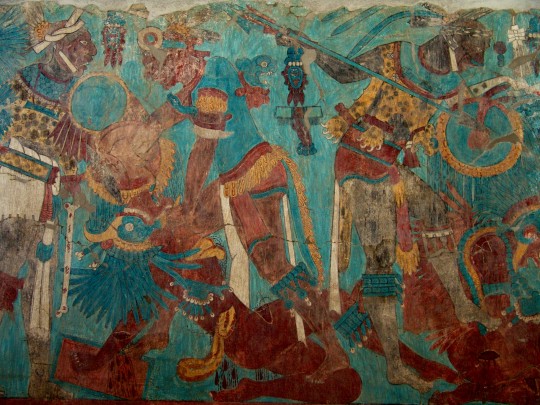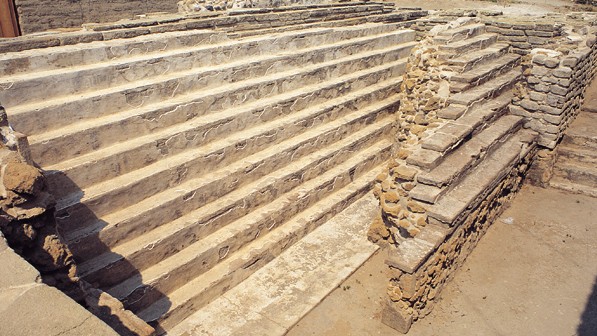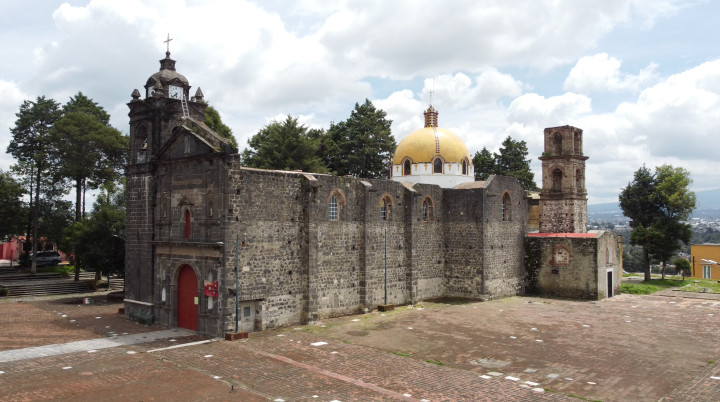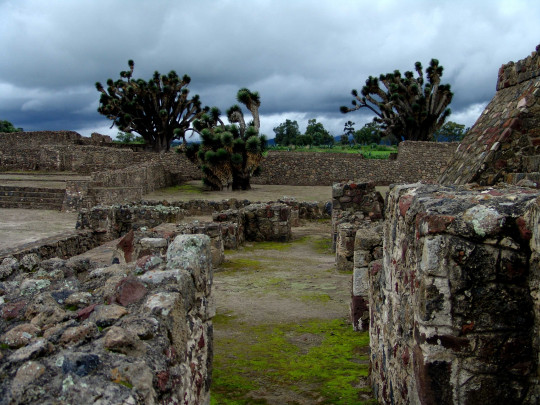Archeological Sites
4 Sites
Cacaxtla was a powerful political, military and commercial center that developed in the present-day states of Puebla and Tlaxcala. This site contains some of Mesoamerica’s most extraordinary and well-preserved murals. Xochitecatl's legacy is the unique Pyramid of the Flowers and a remarkable set of terracotta female figurines.
Tlaxcala
Altiplano Central
1866
The remains of the most important Tlaxcalan fiefdom at the time of the arrival of the Spanish. In the remains of a small temple we can see an altar with polychrome decoration, an area of flint stones surrounding a large burning brazier, upon which lies the figure of Tezcatlipoca.
Tlaxcala
Altiplano Central
1867
The remains found in this archeological zone include two polychrome altars depicting the gods Mictlantecuhtli, Tezcatlipoca and Camaxtli, principal deity of the Tlaxcaltecas.
Tlaxcala
Altiplano Central
1869
Important Acolhua settlement, played an important role in the control of the trade routes of the Triple Alliance (Tlacopan, Texcoco and Tenochtitilan) with an unusual circular pyramid dedicated to Ehécatl. This site is better known as the place where a group of Spaniards were captured and sacrificed during the Conquest.
Tlaxcala
Altiplano Central
1868









